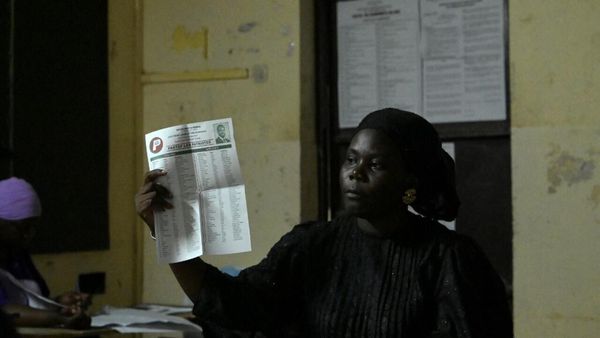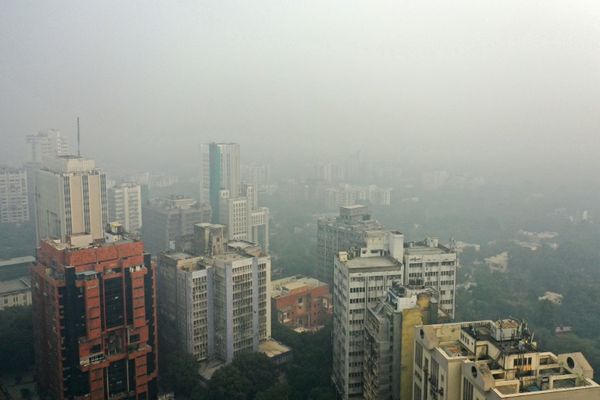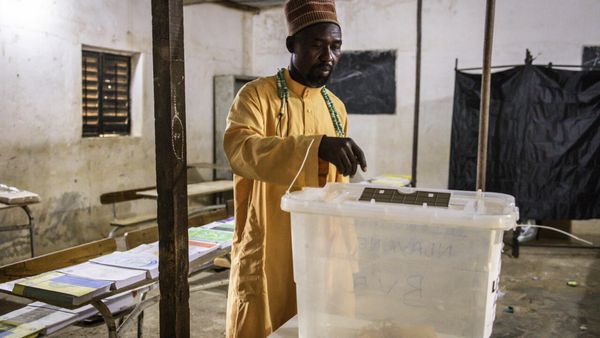Despite the rising premium burden under the Prime Minister’s Crop Insurance Scheme (Pradhan Mantri Fasal Bima Yojana-PMFBY) and the Centre gradually reducing its share of premium subsidy, the Tamil Nadu government has sanctioned around ₹2,000 crore towards its share of premium subsidy for the current year.
As in the previous year, the government has left out crops raised under the ongoing kuruvai season, to the disappointment of farmers. This means that crops to be raised during the seasons of samba and thaladi will be covered.
Of around ₹2,042 crore approved towards the premium subsidy, agricultural crops account for ₹1,985 crore and horticultural crops ₹57 crore. Since the launch of the PMFBY, on an average, nearly ₹2,450 crore was annually paid to around 13.8 lakh farmers towards compensation or claims. The year 2021-22 has not been taken into account for the calculation of the annual average amount of compensation as the settlement of claims for the year is in progress.
A key feature of the PMFBY this year is that five companies — unlike two in the previous year — have been chosen. The companies — Agriculture Insurance Company of India Limited, IFFCO-Tokio General Insurance Company, Bajaj Allianz General Insurance Company, HDFC ERGO General Insurance Company and the Reliance General Insurance Company — have been allotted 14 clusters across 37 districts.
This has become possible, says an official of the Agriculture Department, thanks to the government “instilling confidence” in them with its measures to weed out the fictitious enrolment of farmers and coverage of inflated areas, besides “careful execution” of crop-cutting experiments. Last year alone, around 2.5 lakh acres was removed from the ambit of coverage, helping the exchequer save about ₹100 crore.
Another official says that in the event of crop loss, the government has planned to give compensation to farmers through the State Disaster Response Fund. Among the reasons cited for the omission of the kuruvai crop are the low probability of crop failure and the factor of cost. Besides, the tender process consumed nearly one-and-a-half months, involving a re-tender too. As in the previous year, the authorities are expecting the enrolment of around 25 lakh farmers and coverage of 40 lakh acres. Sensing that there exists scope for bringing more loanee farmers (who have taken crop loans) under the insurance net, they are planning to pay greater attention to them.







